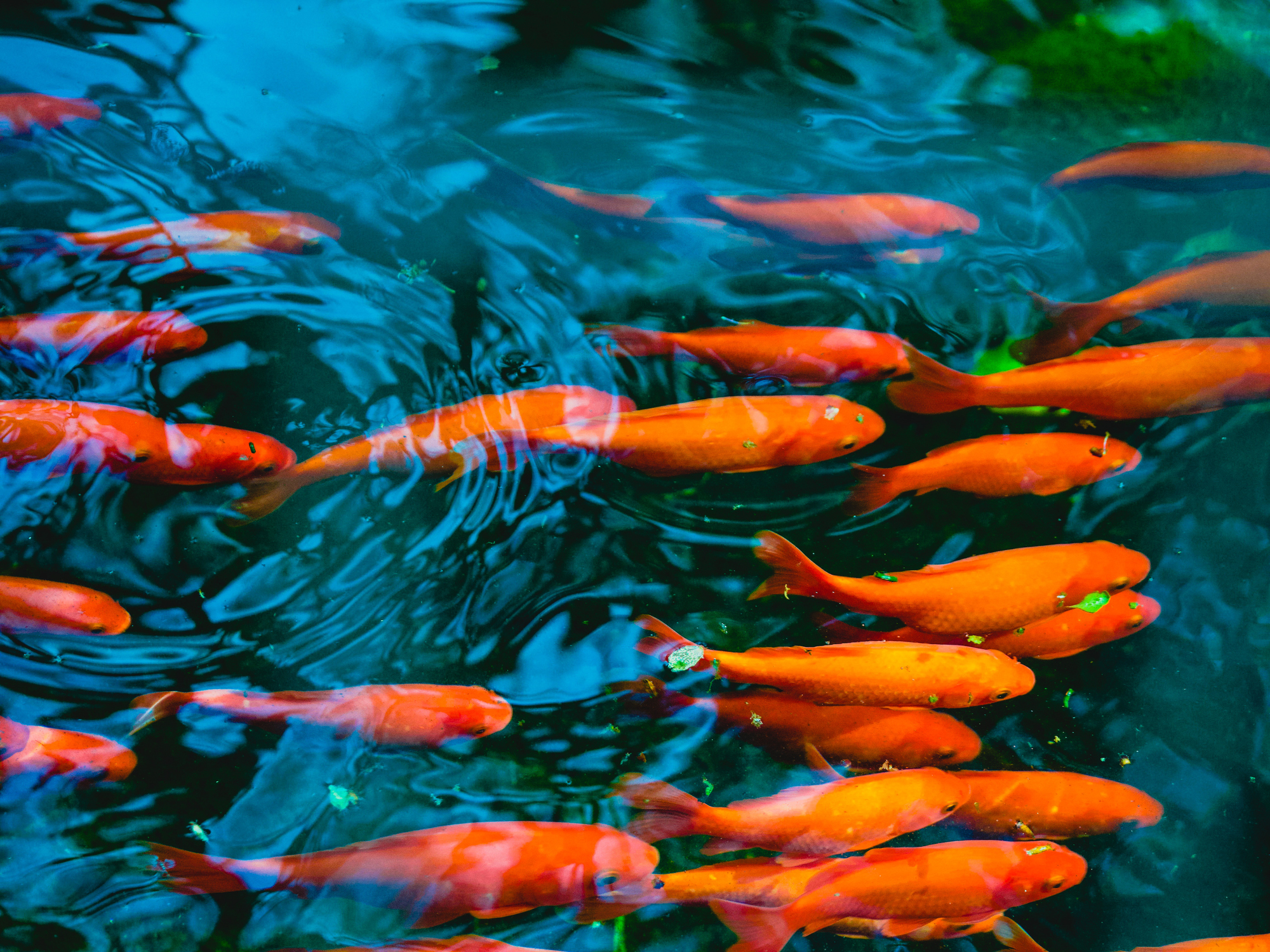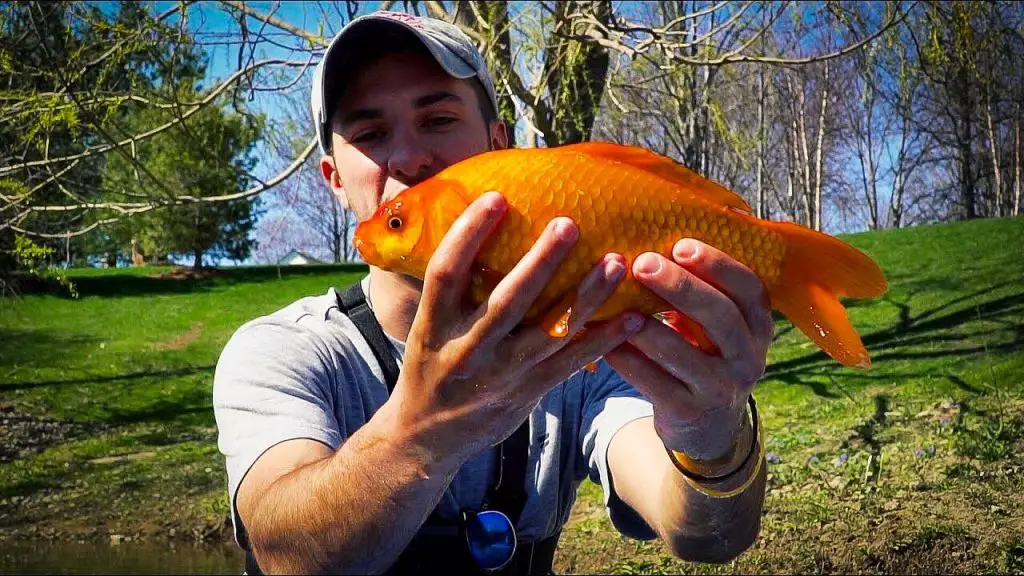Goldfish are a popular choice for pond owners due to their vibrant colors and ease of care. Many people wonder how big goldfish can get when placed in a pond. Let’s explore the factors that influence the size of goldfish in a pond.

Credit: www.newsweek.com
Factors Affecting Goldfish Growth in a Pond
Several factors can influence the size that a goldfish can attain when living in a pond:
- 1. Pond Size: The size of the pond plays a significant role in determining how large a goldfish can grow. Larger ponds provide more space for the fish to swim and grow, resulting in bigger goldfish.
- 2. Water Quality: Clean and well-maintained water is essential for the health and growth of goldfish. Poor water quality can stunt their growth and limit their size potential.
- 3. Nutrition: A balanced diet rich in nutrients is crucial for the growth of goldfish. Feeding them high-quality fish food will help them reach their maximum size.
- 4. Genetics: The genetic makeup of the goldfish also plays a role in determining how big they can get. Some breeds are naturally larger than others.
- 5. Temperature: Goldfish thrive in moderate temperatures. Extreme heat or cold can stress the fish and affect their growth rate.
Maximum Size of Goldfish in a Pond
Under ideal conditions, goldfish can grow quite large when kept in a pond. Common goldfish, for example, can reach lengths of up to 18 inches or more when provided with ample space and proper care. Fancy goldfish varieties, such as Orandas or Ryukins, may not grow as large as common goldfish but can still reach impressive sizes in the right pond environment.
Common Goldfish
Common goldfish are known for their rapid growth and can quickly outgrow small tanks or bowls. In a pond setting, these fish have the potential to reach lengths of 12 to 18 inches or even more, depending on the conditions provided.
Fancy Goldfish
Fancy goldfish varieties, with their unique shapes and colors, may not grow as large as common goldfish but can still attain significant sizes in a pond. Orandas, for example, can grow up to 10-12 inches, while Ryukins may reach lengths of 8-10 inches when kept in a spacious pond.
Tips for Promoting Goldfish Growth in a Pond
If you want your goldfish to reach their maximum size potential in a pond, consider the following tips:
- 1. Provide Adequate Space: Ensure that your pond is large enough to accommodate the number of goldfish you have and that each fish has ample room to swim and grow.
- 2. Maintain Water Quality: Regularly test and monitor the water quality in your pond to ensure that it is clean and free of contaminants that could hinder fish growth.
- 3. Feed a Balanced Diet: Offer a varied diet of high-quality fish food, including pellets, flakes, and fresh vegetables, to provide your goldfish with essential nutrients for growth.
- 4. Monitor Water Temperature: Keep an eye on the water temperature in your pond and make adjustments as needed to ensure that it remains within the optimal range for goldfish.
- 5. Regular Maintenance: Perform routine pond maintenance, such as cleaning filters, removing debris, and checking water parameters, to create a healthy environment for your goldfish to thrive.

Credit: gradexco.com
Conclusion
In conclusion, goldfish can grow quite large when placed in a pond with the right conditions. Factors such as pond size, water quality, nutrition, genetics, and temperature all play a role in determining how big goldfish can get. By providing your goldfish with a spacious and well-maintained pond, a balanced diet, and proper care, you can help them reach their maximum size potential and enjoy watching them grow and flourish in their aquatic habitat.




